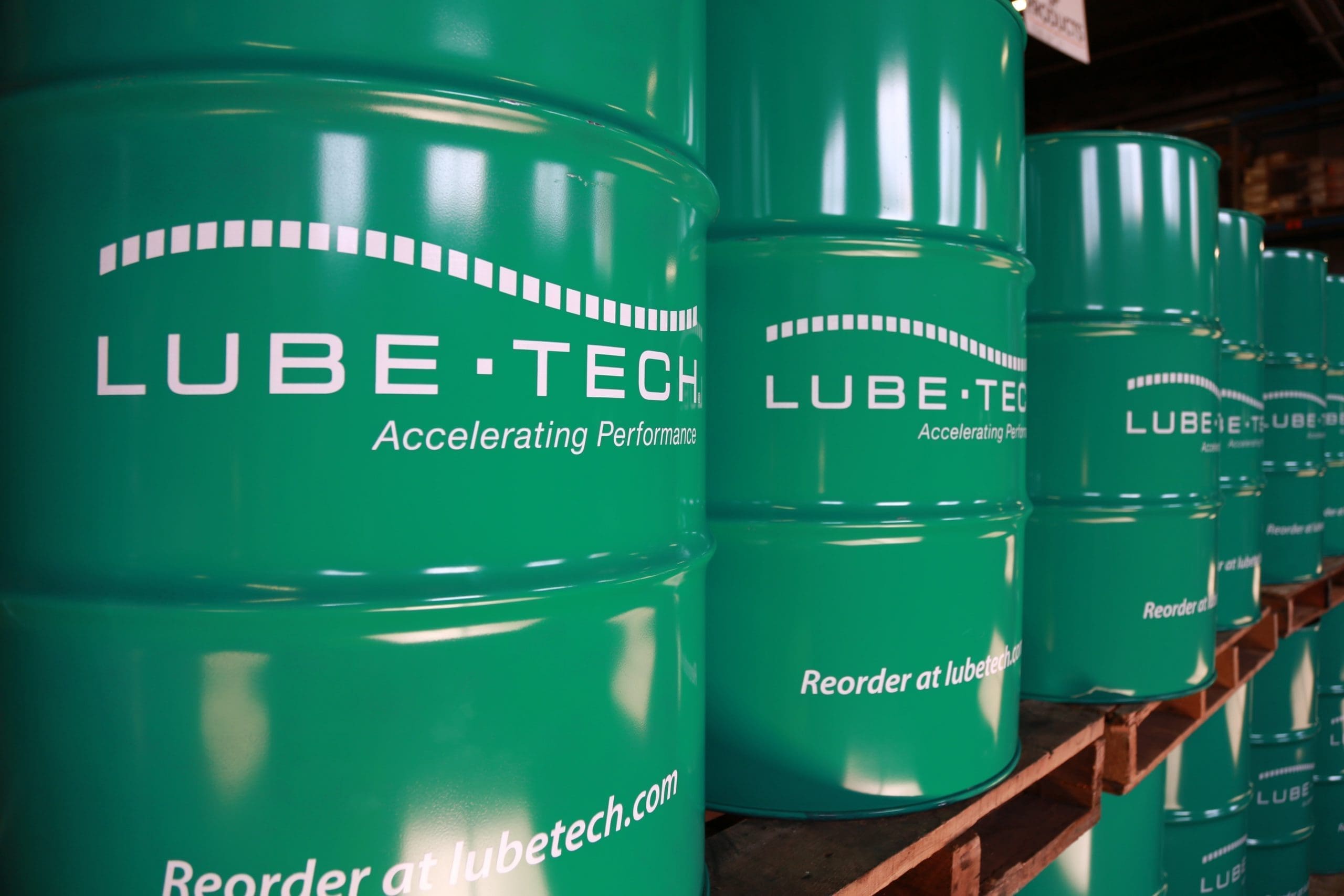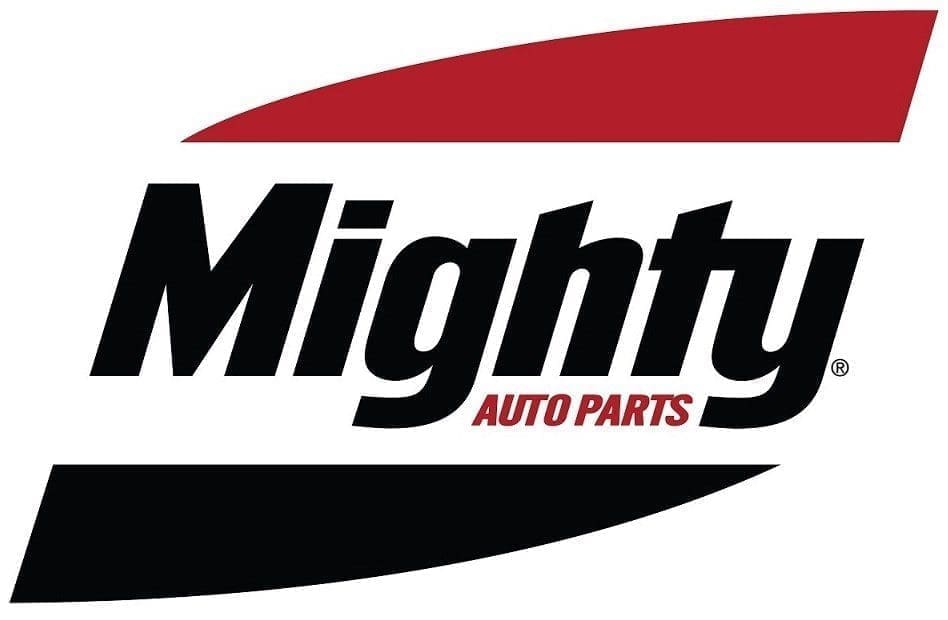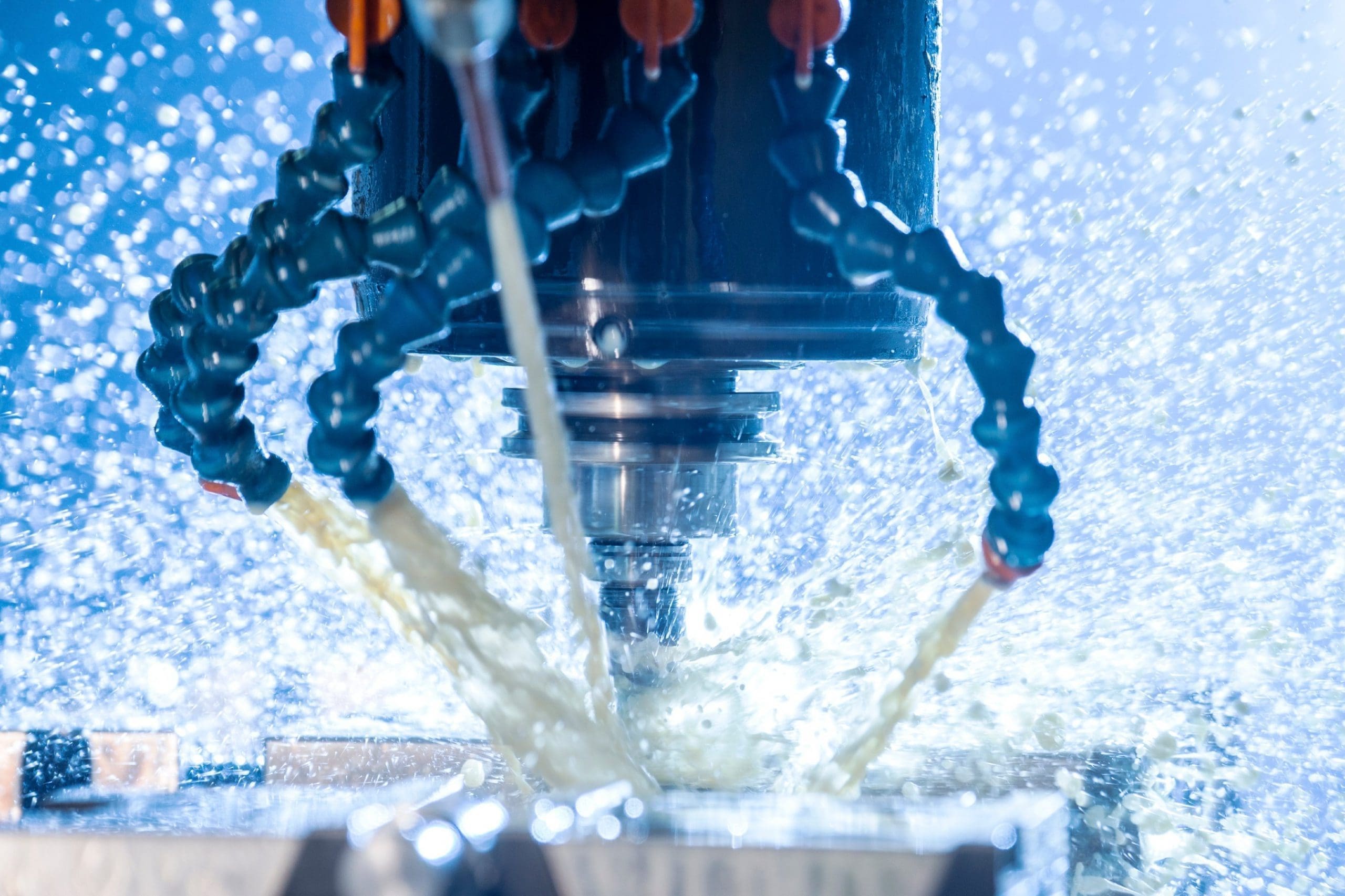- Who We Serve
Who We Serve
Lube-Tech’s expert guidance and innovative solutions make us a trusted partner for light-duty, heavy-duty, industrial, and small engine industries.
- What We Do
What We Do
Lube-Tech’s extensive product & service portfolio, along with our private label capabilities, help to accelerate the performance of your business.
- Who We Are
Who We Are
Learn more about who we are, how we give back, and what it’s like to work with our high-achieving team.
- Our Brands
- Resources
Resources
Lube-Tech provides the knowledge and support your business needs to succeed with our expert articles, product information, and data sheets.
- Contact & Locations
- Careers
- Account
Account
Registered customers have online access to shop our portfolio of fluids, auto parts, shop supplies, and small equipment.










